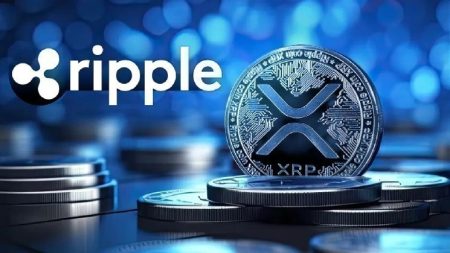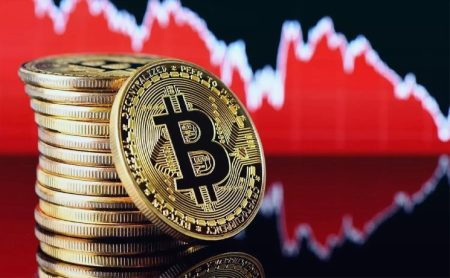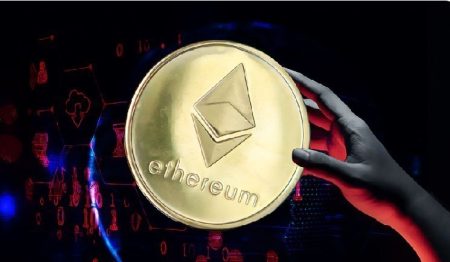Renzo Protocol Unveils Ambitious Token Buyback and Burn Initiative Amid Market Challenges
Proposed Governance Plan Targets 10% Reduction in REZ Token Supply Over Six Months
In a significant move aimed at strengthening its tokenomics structure, the Renzo Protocol (REZ) community has introduced a new governance proposal that could substantially impact the project’s future economic model. The proposal, designated as RP6, outlines a comprehensive strategy to buy back and permanently burn 10% of the total REZ token supply using accumulated protocol revenues, with implementation planned over a six-month timeframe.
The initiative comes at a critical juncture for the protocol, which has experienced considerable market volatility in recent months. According to blockchain analytics data, REZ is currently trading at $0.01018, representing a 29.45% decline in value in the short term and an even more dramatic 96.14% decrease from its all-time high of $0.2638 recorded on April 30, 2024. Market observers note that this latest development has thus far failed to reverse the significant downturn experienced in recent trading sessions, highlighting the challenging environment in which this proposal emerges.
Strategic Allocation of Protocol Revenues to Power Buyback Program
The detailed framework outlined in the RP6 proposal reveals a substantial commitment of resources to this initiative, with the protocol planning to allocate between 75% and 100% of its revenue streams toward systematic token buybacks from the open market. This aggressive approach demonstrates the team’s confidence in the protocol’s ongoing revenue generation capabilities despite market headwinds. Of the targeted 10% supply reduction, the majority (9%) will be permanently removed from circulation through burning mechanisms, effectively decreasing the total token supply and potentially enhancing scarcity value.
In a noteworthy aspect of the proposal that adds complexity beyond a simple burn mechanism, the remaining 1% of tokens acquired through the buyback program will not be destroyed but rather redistributed as incentive rewards to users who actively participate in the ecosystem by staking ezREZ, the protocol’s staked token variant. This dual approach aims to simultaneously reduce overall supply while rewarding the protocol’s most committed participants, potentially creating a positive feedback loop for user engagement and retention during the implementation period.
Implementation Already Underway with Initial Supply Reduction Completed
Rather than merely presenting a theoretical framework, the Renzo team has demonstrated commitment by already initiating the first phase of the buyback and burn program. According to the official announcement, the protocol has completed an initial token reduction representing approximately 1% of the total supply, which translates to roughly 2.3% of the currently circulating supply. This initial action was funded using protocol revenues generated during the third quarter of 2025, showcasing the project’s ability to generate sufficient cash flow to support such initiatives.
The protocol has confirmed that this preliminary reduction will count toward the final 10% target, establishing tangible progress toward the proposal’s objectives. The completed first phase also serves as a practical demonstration of the technical feasibility of the proposed mechanisms, potentially addressing concerns about implementation challenges. The proposal has been published on the Renzo administration forum, where community members can review the details, raise questions, and eventually participate in governance voting to determine whether the initiative will proceed as outlined or undergo modifications based on stakeholder feedback.
Market Implications and Broader Economic Context
The timing of this proposal merits analysis within the broader cryptocurrency market context, where numerous protocols face similar challenges of token price depreciation and the need to demonstrate fundamental value creation. With REZ trading at just over a penny and having lost over 96% of its value since reaching its peak valuation earlier this year, the initiative represents a strategic attempt to address market concerns about token oversupply and inflation—issues that have plagued many blockchain projects in the current cycle.
Financial analysts specializing in decentralized finance note that buyback and burn mechanisms have historically produced mixed results across the industry. While such programs can temporarily reduce selling pressure and signal confidence from protocol leadership, their long-term effectiveness depends on numerous factors, including continued revenue generation, broader market conditions, and complementary product development. The substantial allocation of 75-100% of protocol revenues to this initiative also raises questions about the balance between immediate token value support and investment in future development and growth initiatives that might ultimately provide more sustainable value appreciation.
Governance Process and Community Participation Framework
The publication of the proposal on Renzo’s administration forum marks the beginning of what is expected to be a comprehensive community governance process. According to established protocol procedures, community members who hold REZ tokens will have the opportunity to review, discuss, and eventually vote on the proposal through the project’s decentralized governance system. This approach aligns with the broader trend in decentralized finance toward transparent, community-driven decision-making processes that allow stakeholders direct input into major economic policy decisions.
Industry governance experts observe that the quality and depth of community engagement during this review period could significantly impact both the final implementation details and market perception of the initiative. High-quality discussion and substantial voting participation would demonstrate an engaged ecosystem, while limited engagement might raise questions about the depth of the project’s active user base during this challenging market period. The proposal represents not just an economic intervention but also a test of the protocol’s governance mechanisms and community resilience at a critical juncture in its development trajectory.
Looking Forward: Implications for REZ Ecosystem and Similar Protocols
As the Renzo community evaluates this significant economic intervention, both project participants and industry observers will be closely monitoring several key metrics to gauge its effectiveness. Beyond the immediate impact on token price, important indicators will include changes in liquidity depth across trading venues, shifts in holder distribution metrics, and variations in staking participation rates—particularly for the ezREZ staking program that stands to benefit from the proposed reward allocation.
The outcome of this initiative could have implications beyond the Renzo ecosystem, potentially influencing how other protocols approach similar challenges of token price depreciation and supply management. If successful in achieving its stated objectives, the approach could serve as a template for projects seeking to balance supply reduction with stakeholder incentives. However, market participants should note that economic interventions of this nature carry inherent uncertainties and potential unintended consequences. As explicitly stated in the official communications, information about this development should be treated as educational rather than investment advice, with individuals encouraged to conduct independent research and consult qualified financial advisors before making investment decisions related to the REZ token or similar digital assets in this rapidly evolving market sector.














